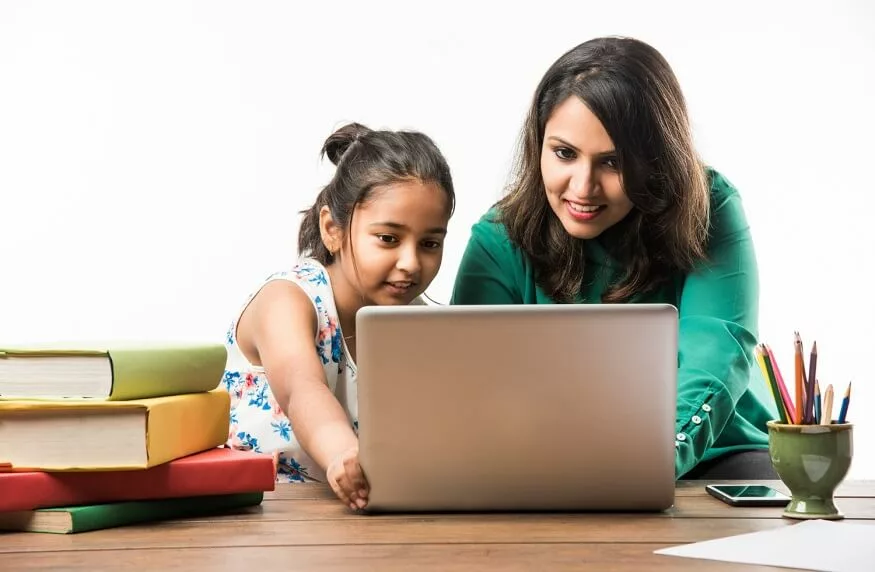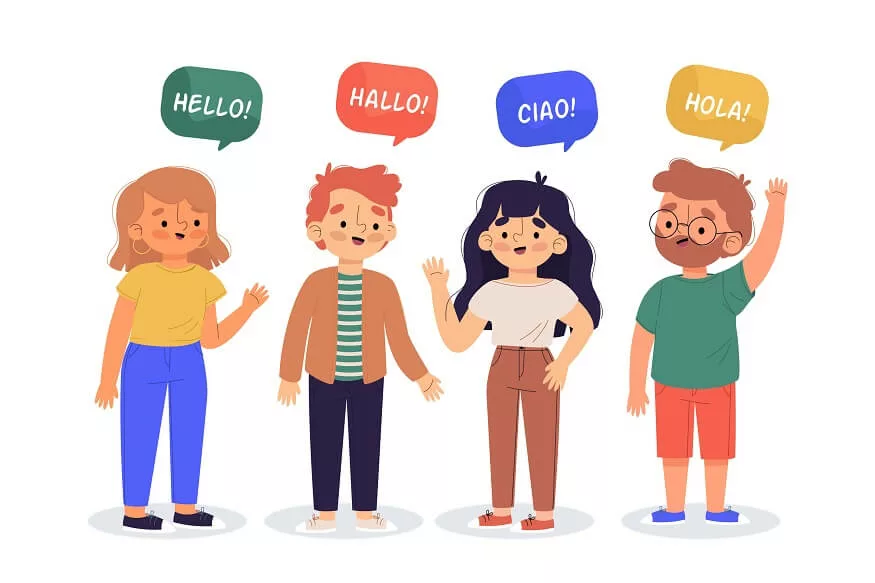Preschoolers, with their boundless energy and innate curiosity, embark on a journey of discovery through music and movement activities that extend far beyond mere physical exercise. In this captivating exploration, we delve into the enriching realm of preschool dance and movement, understanding its significance, benefits, and the joyful experiences it offers to young learners.
Understanding Preschool Dance
Movement is a universal language that transcends age, culture, and language barriers. For preschoolers, movement is a natural form of expression and communication. Preschool dance involves structured and unstructured movement activities designed for young children. It encompasses a range of activities from free dance to guided movements set to music.
Also Read: How To Organise Karaoke Dance Parties
Significance of Preschool Dance and Movement
Cognitive Development
- Spatial Awareness: Dance activities enhance a child’s understanding of space, encouraging them to move within a given environment.
- Memory and Sequencing: Learning dance routines involves remembering steps and the sequence in which they occur, fostering cognitive skills.
Emotional Expression
- Emotional Release: Dance provides a non-verbal outlet for expressing emotions, helping children identify and process their feelings.
- Self-Confidence: Successfully learning and performing dance moves contributes to a child’s sense of accomplishment and self-confidence.
Social Interaction
- Cooperation: Group dance activities promote cooperation as children move together, respecting personal space and collaborating on movements.
- Communication: Dance encourages non-verbal communication, with children learning to express ideas and emotions through movement.
Physical Development
- Gross Motor Skills: Dance activities involve large muscle movements, contributing to the development of gross motor skills.
- Balance and Coordination: Learning dance steps enhances a child’s balance and coordination, fundamental for overall physical development.
Also Read: 7 Brilliant Ways To Celebrate International Dance Day
Music and Movement Activities
Musical Exploration
- Rhythm and Tempo: Introducing preschoolers to different rhythms and tempos through music enhances their sense of timing and coordination.
- Instrument Play: Incorporating simple instruments like tambourines or shakers into dance activities adds a multisensory element.
Dance Styles for Preschoolers
- Creative Movement: Free-form expression where children explore various movements without strict rules.
- Ballet for Beginners: Simple ballet exercises tailored for preschoolers introduce them to the grace and poise of this classical dance form.
- Folk and Cultural Dances: Exploring dances from different cultures introduces diversity and broadens a child’s cultural understanding.
Imaginative Play
- Storytelling Through Dance: Creating narratives or stories that children act out through dance engages their imaginations.
- Role Play: Dance activities that involve role-playing help children step into different characters, fostering creativity.
The Dance Classroom: Creating an Enriching Environment
Space and Safety
- Designated Dance Area: Having a defined space for dance activities ensures safety and allows children to move freely.
- Safety Measures: Ensuring that the dance area is free of obstacles and that children wear appropriate footwear promotes a safe environment.
Music Selection
- Age-Appropriate Music: Choosing music that is upbeat, age-appropriate, and resonates with the children’s interests adds to the enjoyment.
- Variety: Introducing a variety of musical genres broadens the preschoolers’ musical experiences.
Props and Visual Aids
- Colourful Scarves: Scarves add a visual element to dance activities, and children can experiment with movements while holding or waving them.
- Picture Cards: Using picture cards or visuals helps in creating themed dance activities, where children mimic movements related to the images.
Also Read: Preschool Learning Activities For Kids To Become Independent
Preschool Dance in Action: A Day in the Dance Studio
Here’s what to expect at a day in the dance studio
Warm-Up
- Stretching Exercises: Gentle stretching exercises prepare young bodies for movement and prevent injuries.
- Breathing Exercises: Simple breathing exercises help children focus and relax before engaging in dance activities.
Free Dance
- Expressive Movement: Allowing children to move freely to music encourages individual expression and creativity.
- Improvise and Explore: Free dance sessions let children experiment with different movements, fostering a sense of autonomy.
Guided Dance Activities
- Follow-the-Leader: A leader demonstrates dance moves, and children mimic the leader’s actions, promoting coordination and imitation.
- Themed Dance Routines: Creating dance routines based on themes or stories enhances imagination and storytelling through movement.
Cool Down
- Slow Movements: Cooling down involves slow, calming movements to transition from high energy to a more relaxed state.
- Reflection: Taking a moment for reflection or sharing feelings about the dance session encourages emotional awareness.
Also Read: What Should Be The Goals for Preschool Children?
Benefits Beyond the Dance Floor
Here are some of the benefits that extend beyond the dance floor
- Enhanced Concentration: Following dance routines improves attention and concentration.
- Pattern Recognition: Learning dance sequences helps in the development of pattern recognition skills.
- Stress Relief: Movement is a natural stress reliever, helping preschoolers release pent-up energy and tension.
- Positive Self-Image: Successfully learning and performing dance moves contributes to a positive self-image.
- Teamwork: Group dance activities foster a sense of teamwork and cooperation.
- Communication Skills: Non-verbal communication in dance enhances overall communication skills.
- Flexibility and Strength: Dance activities contribute to the development of flexibility and strength.
- Cardiovascular Health: Movement to music provides cardiovascular exercise, promoting overall health.
Parental Involvement and Extension at Home
Here’s how parents can get involved with their preschoolers:
- Family Dance Nights: Setting aside time for family dance nights creates a fun and active bonding experience.
- Music and Movement Games: Incorporating music and movement games into playtime at home extends the learning experience.
- Playful Learning Spaces: Designating areas at home where children can move freely to music encourages spontaneous dance play.
- Access to Music: Providing access to a variety of music encourages children to explore different rhythms and styles.
Preschoolers Dance Journey: Challenges and Solutions
- Shorter Sessions: Breaking down dance activities into shorter sessions caters to preschoolers’ shorter attention spans.
- Variety: Introducing a variety of movements within a session helps sustain interest.
- Adaptations: Providing adaptations for children with diverse abilities ensures inclusivity in dance activities.
- Encouragement: Celebrating effort rather than perfection fosters a positive environment.
Celebrating Progress and Creativity
Here are ways on how to celebrate a preschooler’s progress in dance and movement
- Informal Show and Tell: Informal dance showcases provide opportunities for children to share their creations with peers.
- Themed Performances: Creating themed dance performances for parents and caregivers celebrates creativity.
- Certificates: Recognising participation and effort with certificates encourages a sense of achievement.
- Positive Feedback: Offering positive feedback and encouragement fosters a positive attitude towards dance and movement.
At EuroSchool, preschool dance and movement activities are more than just physical exercises; they are a symphony of discovery, creativity, and joy. As young minds twirl and leap through the melodies of music, they are not merely learning steps; they are unraveling the language of movement, expressing emotions, and building the foundation for lifelong skills.









